Bak kut teh (usually abbreviated to BKT), the traditional Chinese stewed pork dish. I use the term “traditional” loosely here, and I’ll get into the reason why shortly. But for now, suffice to say that it’s a dish popular with the ethnic Chinese population of Malaysia and Singapore. The name literally means “pork stewed in medicinal herbs”. But take the “medicinal” part with a pinch of salt. In the Chinese culture, “medicinal” can refer to more than merely medical or healing purposes.
Disclaimer – *** This article references to, or contains non-halal elements! ***
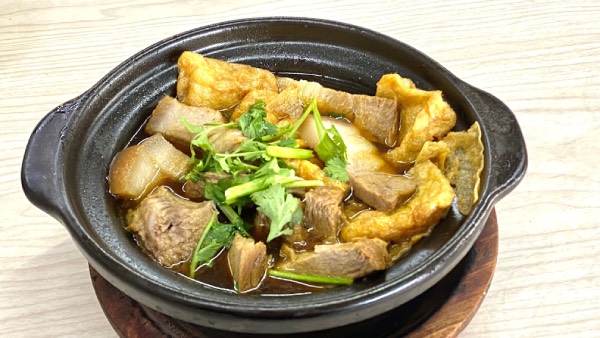
Image by Author
A Very Short History Of Bak Kut Teh
The Chinese diaspora (hence Chinese culture itself) originated from China. That’s a given. But many signature Chinese cultural significances developed, or evolved, post-exodus. Bak kut teh is one such phenomenon, developed after many Chinese left the home country to spread across the world. Some might argue that it originated from the traditional Chinese hong shao rou (red braised pork). But that particular dish tastes completely different.
Also, there are slight variations among the different Chinese dialects in Malaysia too. The Hokkien version (majority from Klang) has characteristically clear soup, light in both soy sauce and herbs. The Teochew variant (majority from Johor Bahru) also uses less herbs, but has a noticeable peppery note. The Cantonese interpretation (majority from Klang Valley) is a thick soup, with a heavy emphasis on herbs. Both the Cantonese and Teochew versions serve firmer meat, whilst the Hokkien serves the meat very soft. I’m probably splitting hair here, but suffice to say, there are subtle differences.
Dry Bak Kut Teh
Whilst bak kut teh is most famous for its soupy stew, a “dry” version does exist too. Unlike the stewed soup version, the dry version is a braised dish, with a thick gravy consistency. It’s also noticeably spicier than the soup version.
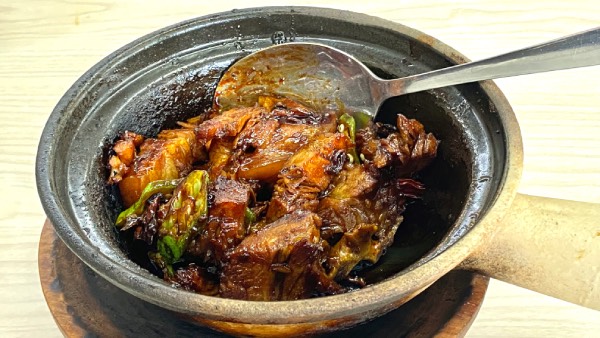
Image by Author
The core ingredients are generally identical for both versions. But the dry version is the more “fun” cousin to the soup version. Braised and caramelised in dark soy sauce, it gives a sweet-spicy note to the meat. Perhaps that’s why most customers order one of each?… To balance both the “reaching for the sky” with “stay grounded to earth” sides?… The Yin with the Yang?…
Zhang Kee Restaurant
We had the pleasure of experiencing both versions with Zhang Kee Restaurant. We even had a crash course on the history of bak kut teh too. Personally, I never knew there was so much intricate knowledge and history tied to this staple Chinese dish.
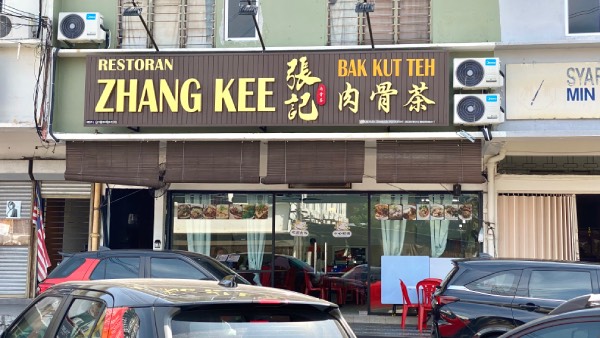
Image by Author
As with most Asian meals, we serve rice with almost every dish. Rice is the staple of most meals. But for bak kut teh, we usually have a second staple, the youtiao. Cut into short, inch-wide strips, this traditional Chinese fried dough sticks help to soak up the delicious soup.

Image by Author
Zhang Kee serves more than just bak kut teh. Stemming from their drive to attract a wider customer base, Zhang Kee also serves other Chinese cuisine too. But their call to fame will always be, bak kut teh.
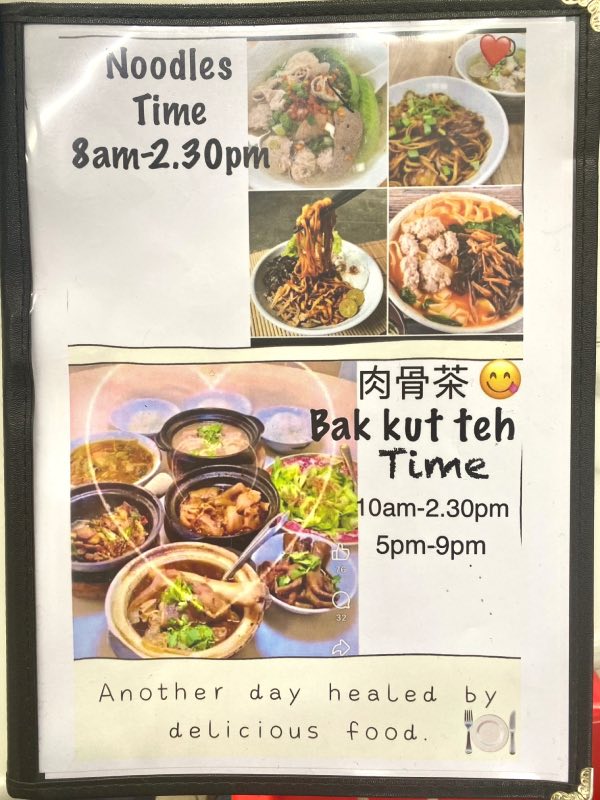
Image by Author
Yes, they do serve other à la carte dishes too, like the variety of Chinese noodles. But we’re not here for that… At least not today… Let’s get back to their main attraction, the various cuts available for the dish.
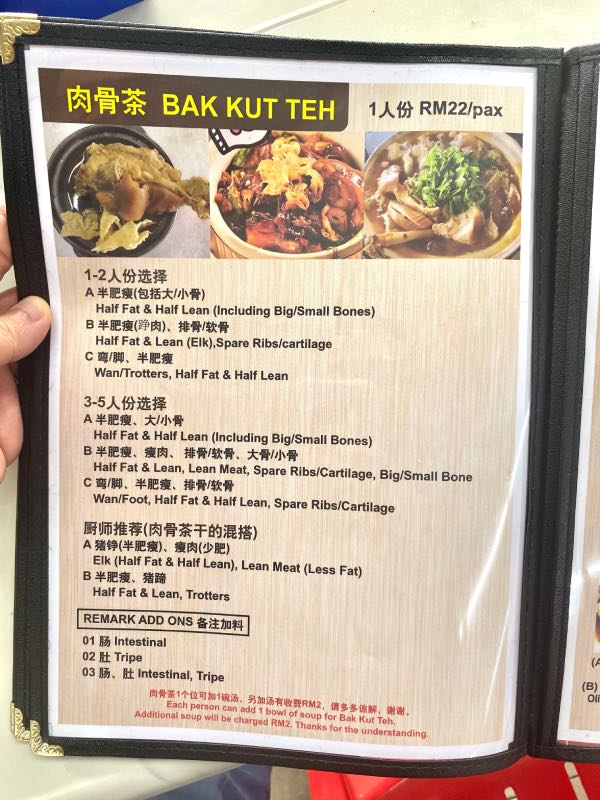
Image by Author
Lean meat, fat meat, spare ribs, intestines, tripes, trotters, etc. I’m pretty sure there are other parts that don’t appear on their menu. All you have to do is ask.
The Faces Behind Zhang Kee
Siblings CC Chong and Wilfred Chong are the co-owners of Zhang Kee. Zhang Kee itself opened to the public in 2023. Yet both CC and Wilfred have accumulated many more years of experience in the restaurant business prior. In fact, Wilfred alone has accumulated 13 years of cooking apprenticeship and business experience, specialising in bak kut teh alone.
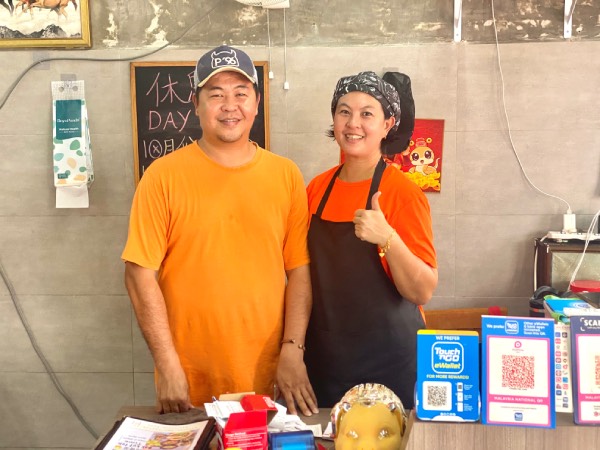
Image by Author
Zhang Kee is the culmination of their passion to serve the customers with their best version of bak kut teh. I asked Wilfred which dialect variant they identify with, Wilfred simply said it’s a combination of all three of them. But most importantly, it’s the version that their customer base likes the best. Curiously though, the Chong siblings are of Hakka descent. And we all know that Hakka cuisine is a star attraction on its own right. Perhaps this is a birth of a new variant?… Of Hakka bak kut teh?…

Image by Author
Yes, Zhang Kee introduced their own unique twist to this traditional Chinese dish. Are you curious enough to give it a try? Do you have a favourite variant? Perhaps you can compare and contrast them yourselves with the three main variants?
All the contact details and opening hours are available on the Google map above. No pre-booking necessary. Just walk it, and savour the traditional bak kut teh with a contemporary twist.
Fun Fact
In February 2024, the Federal Government Gazette of Malaysia declared bak kut teh as one of Malaysia’s heritage foods.
